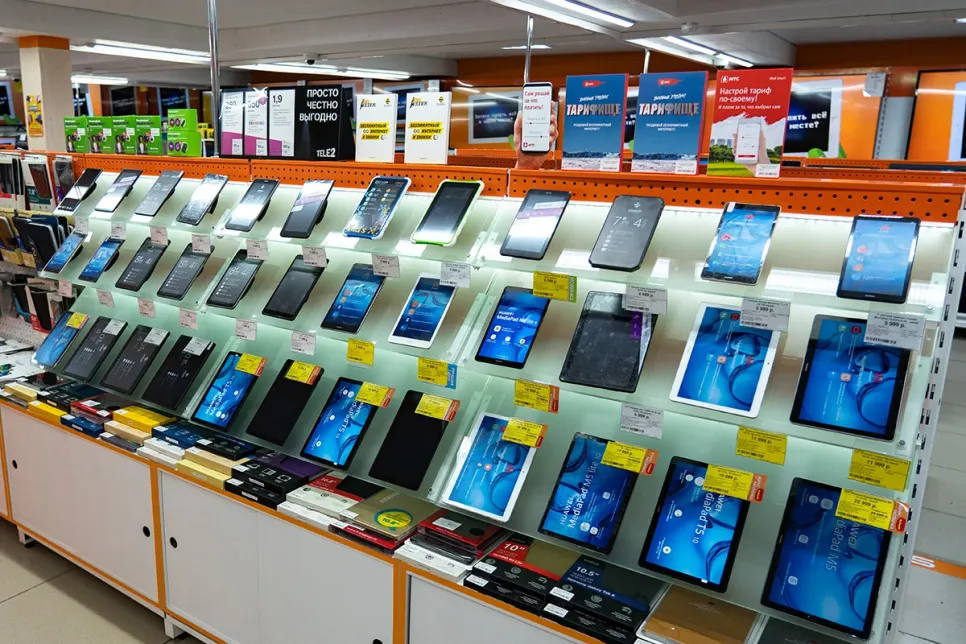The worldwide tablet shipments grew by 8.5% in the first quarter of 2025, reaching 36.8 million, according to Canalys. Growth was seen across all regions and was primarily driven by consumer and education-led refresh cycles.
Greater China experienced a surge in consumer demand during the Lunar New Year, supported by government retail subsidies. In the United States, uncertainty about tariffs led tablet imports to grow spike in January, before collapsing double-digits month-on-month in February after the exemptions were announced.
“The Chinese government’s consumer subsidies, paired with Lunar New Year discounts, triggered a double-digit growth in Q1 tablet shipments,” said Himani Mukka, Research Manager at Canalys. “Vendors that aligned promotions with subsidy windows saw significant sequential uplifts, turning Greater China into the fastest-growing major region. Apple defended its market share, but domestic brands increasingly threaten its top position. Huawei and Xiaomi leveraged their comprehensive tablet portfolios and extensive IoT ecosystems to appeal to a wide consumer base, while HONOR gained traction with its value-for-money offerings. These brands were also among the fastest-growing vendors in consumer shipments across most regions outside China.”
“The United States’ tablet market performed in line with seasonal expectations,” said Kieren Jessop, Research Manager at Canalys. “The Trump administration’s tariff announcements did not lead to significant demand pull-in, as several days later, many personal electronic products were made exempt. Rather, the primary driver of US tablet shipments was demand from a consumer refresh of pandemic-era tablets that are now hitting four to five years in their lifecycle, further supported by new product introductions. Throughout 2025, some consumers will refresh these aging devices with newer silicon. However, even if electronics remain exempt from US tariffs, we expect average lifespans to extend, and tablets will experience a relegation in spending priority as discretionary income is squeezed in other categories. The tablet market will see slower growth, but premium demand is expected to remain robust.”
“In the commercial tablet market, shipments remained muted in 1Q25. However, opportunities for commercial deployments remain in place, particularly within education segments,” said Jessop. “They will be driven by government initiatives and large-scale public tenders throughout the year. Some are continuing from previous successes, like Japan’s GIGA program, or state- and central-government initiatives in India, while the Thai government recently announced significant funding for a multi-year program. While the US market is under threat after the Department of Education has been gutted, threatening future procurement budgets,” added Jessop.
A recent Canalys poll revealed that over 50% of B2B channel partners that sell tablets anticipate growth in business in 2025 compared to 2024. Tablets are also seeing some traction as practical computing alternatives in workplace settings. In a separate poll, more than 20% of respondents indicated plans to equip their customers’ mobile workforce with tablets, while nearly 17% identified tablets as a cost-effective replacement for traditional PCs for certain employee roles. However, 30% of respondents answered that they do not see significant demand. This indicates that business procurement of tablets is often seen as discretionary. Particularly when a majority of workers who want or need a tablet bring their own device.
In 1Q25, Apple maintained its leadership in the tablet market, posting a 14% year-on-year growth with 13.7 million iPads shipped. Samsung secured second place with 6.6 million units shipped, declining 5.2%. Xiaomi surpassed Lenovo for the first time, driven by strong performance in its home market, achieving 56% annual growth with 3.1 million units shipped and gaining two percentage points in market share compared to 1Q24. Lenovo followed in fourth place, posting 19% growth and shipping 2.5 million units. Huawei rounded the top five, claiming a 6.5% market share and shipping 2.4 million units worldwide.



















